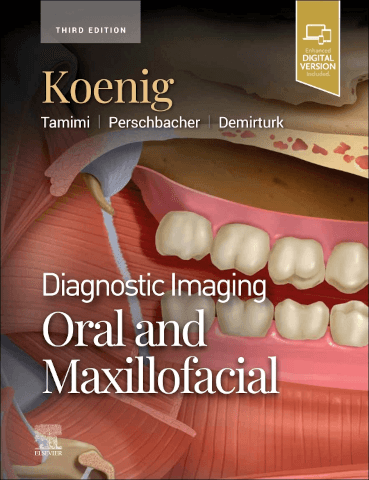
Imaging Spine After Treatment: A Case-based Atlas, second edition
Additional information
|
Author(s):
Scarabino, Pollice, Iffaldano, Catapano | Scarabino, Pollice, Iffaldano, Catapano |
|
ISBN:
978-3-031-42550-9 | 978-3-031-42550-9 |
|
Publisher:
Springer | Springer |
|
Reviewed by:
Dr Saad Qureshi, radiology registrar, West Yorkshire Radiology Training Scheme, and Dr Mark Igra, consultant neuroradiologist, Leeds Teaching Hospitals NHS Trust | Dr Saad Qureshi, radiology registrar, West Yorkshire Radiology Training Scheme, and Dr Mark Igra, consultant neuroradiologist, Leeds Teaching Hospitals NHS Trust |
Publisher price: £119.99
Imaging Spine After Treatment: A Case-based Atlas by Tommaso Scarabino and Saverio Pollice is a comprehensive resource for neuroradiologists offering key insights into post-operative spinal imaging. The book consists of 295 pages featuring 90 cases. It combines concise text with an extensive imaging atlas to provide a complete guide to post-operative spine intervention.
The book is organised into two sections. The text portion introduces important spinal pathologies (disc herniation, canal stenosis and vertebral body fractures), common interventional and surgical techniques, as well as the roles of imaging modalities in follow-up care. This creates a foundation for the reader to understand the second half of the book: an imaging atlas covering a range of post-operative spine pathologies.
This is where reading the textbook becomes much more enjoyable. The cases are presented in a clear and succinct manner, which includes a brief clinical summary and high quality images contributed by leading experts across
multiple centres. The images are well labelled with appropriate captions to explain key findings. Some of the cases presented include herniated lumbar discs, degenerative lumbar instability and osteoporotic or traumatic vertebral collapse. Each case is accompanied by multiple images including pre-operative, early post-operative and long-term follow-up appearances.
The book is well organised throughout and tackles challenging topics in an easy-to-understand manner. A digital version is available through Springer ebooks, offering greater accessibility.
In conclusion, Imaging Spine After Treatment is an excellent learning resource for any neuroradiologist, with well laid out case studies. We would highly recommend it to anyone looking to develop their knowledge of post-operative spine imaging.
To purchase this title at our discounted rate email: katherine@radmagazine.com.




